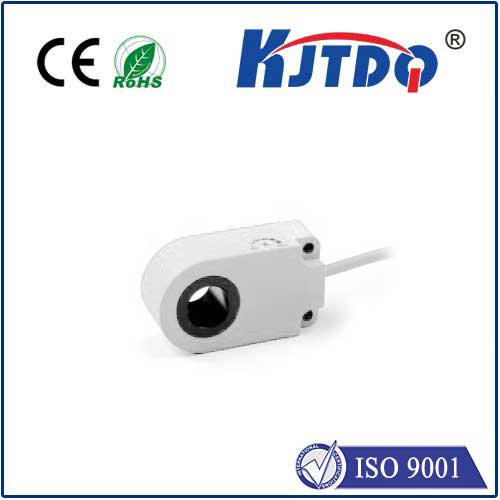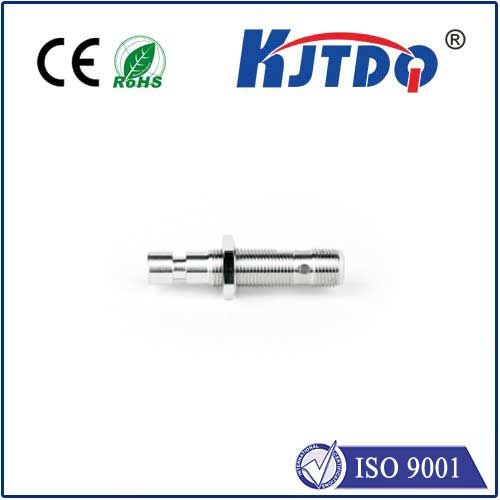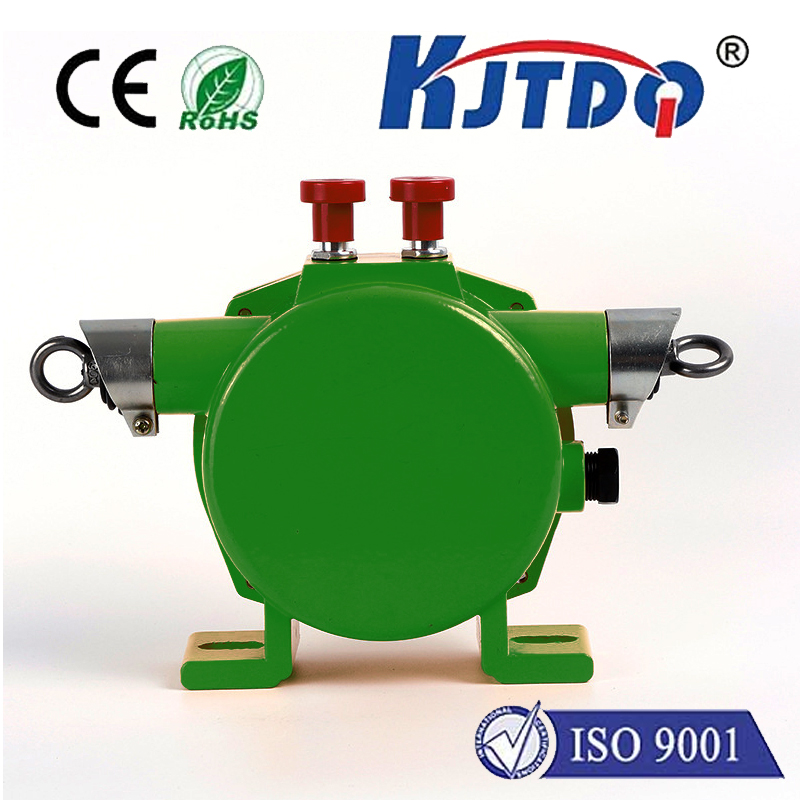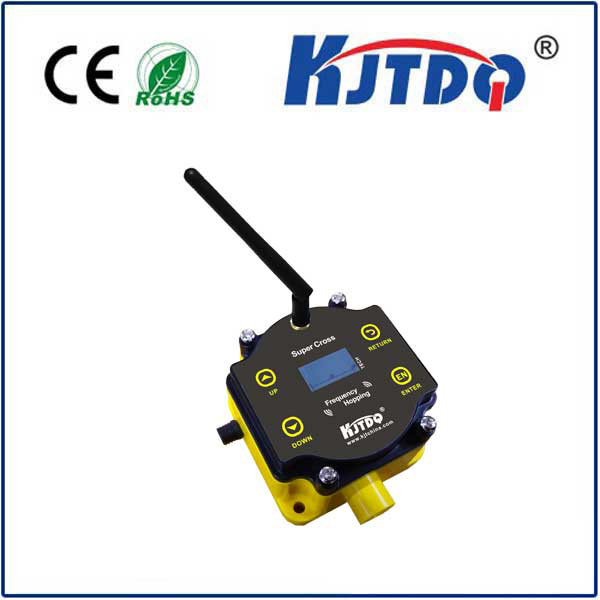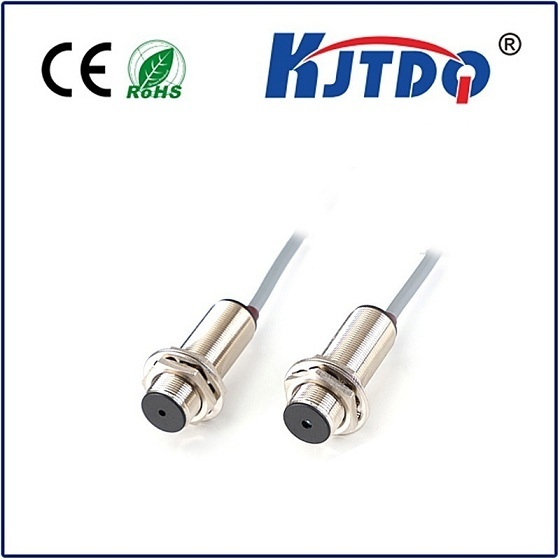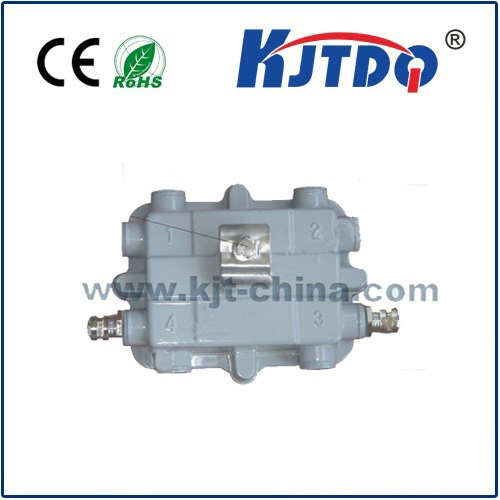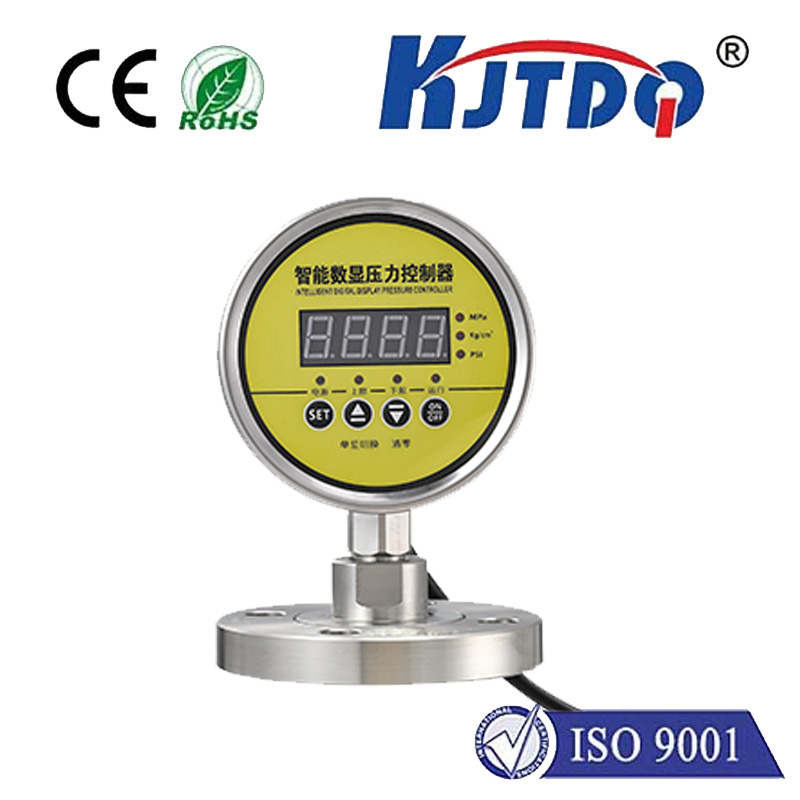KBP3/127 Pull rope switch
- time:2025-09-23 05:01:37
- Нажмите:0
KBP3/127 Pull Rope Switch: Your Essential Lifeline for Conveyor Safety
Imagine the sudden grating sound, the acrid smell of burning rubber – a worker’s clothing snagged on a high-speed conveyor belt. Panic surges. Seconds feel like hours. But then, a lifesaving action: a frantic pull on a strategically placed rope. Instantly, the machinery grinds to a halt. The day is saved from disaster. This isn’t just luck; it’s the critical function of a device like the KBP3/127 Pull Rope Switch. This unsung hero of industrial safety is far more than a simple switch; it’s an indispensable emergency stop mechanism, designed to protect personnel across countless material handling and process environments.
Understanding the Core: What is a KBP3/127 Pull Rope Switch?
At its heart, the KBP3/127 is a specialized safety switch. The “Pull Rope” designation reveals its activation method: a cable, or rope, stretches along the length of machinery, typically a conveyor belt. The “127” often denotes its standard operating voltage (commonly 110V AC or 127V AC, though variations exist – always verify specifications for your specific model). When this rope is pulled with sufficient force – whether deliberately in an emergency or accidentally due to an entanglement – it triggers an internal mechanism (like a spring-loaded actuator or cam system) that rapidly opens a set of electrical contacts. This immediate interruption of the control circuit sends a signal to the machinery’s motor starter or control system, commanding an emergency stop (E-Stop). Its primary, non-negotiable purpose is personnel protection.
Why the KBP3/127 is Non-Negotiable for Conveyor Safety

Conveyor systems, while indispensable, harbor inherent risks. Pinch points, moving parts, rotating rollers, and the sheer momentum of heavy loads create potential for severe injury. Walking alongside a long conveyor to reach a fixed E-Stop button during an emergency is often impractical and dangerously slow. The KBP3/127 solves this critical problem:
- Immediate Accessibility: The rope runs the entire length of the hazard zone. An endangered worker, or even a bystander witnessing danger, can pull the rope at any point along its run. This shaves vital seconds off the response time.
- Clear Visual & Tactile Signal: The stretched rope acts as a permanent visual cue, reminding personnel of the emergency stop location. The distinct physical action of pulling the rope provides unambiguous confirmation that the stop command has been initiated.
- Fail-Safe Operation: Genuine safety devices like the KBP3/127 are designed fail-safe. This means any failure within the switch mechanism itself (like a broken spring or cable) should default to opening the safety contacts, initiating a stop. This inherent design philosophy is crucial for ensuring safety isn’t compromised by component wear or damage.
- Mandatory Compliance: Industrial safety standards globally (such as ISO 13850, IEC 60204-1, ANSI B11.19, and OSHA regulations) mandate the use of easily accessible emergency stop devices for machinery presenting entanglement or crushing hazards – exactly the scenario long conveyors present. The KBP3/127 directly addresses this regulatory requirement.
Key Features and Operational Considerations
Understanding the specific characteristics of the KBP3/127 helps in proper selection and maintenance:
- Activation Force & Stroke: The switch requires a specific minimum pull force (e.g., typically above 70N to prevent accidental activation) and a defined cable stroke to reliably trip. This prevents nuisance stops while ensuring it activates when genuinely needed.
- Self-Latching Mechanism: Once activated (pulled), most KBP3/127 models mechanically latch into the tripped position. This ensures the circuit remains open even after the rope is released, preventing accidental or premature restart. A deliberate manual reset (often involving twisting or pulling a reset knob) is required to restore power, allowing for a safe situation assessment.
- Долговечность: Built for harsh industrial environments, these switches feature robust enclosures (often metal like die-cast aluminum or durable plastic) offering protection against dust, moisture (IP ratings vary), and mechanical impact. Stainless steel components resist corrosion.
- Electrical Ratings: The “127” designation signifies a common voltage rating, but precise contact ratings (like AC-15 for inductive loads such as motor contactors) and switching capacity are critical for reliable integration into the control circuit. Always confirm the voltage and load type (AC/DC) compatibility.
- Rope & Fittings: The pull rope itself is typically a galvanized steel wire rope or corrosion-resistant synthetic cable. Proper tensioning and secure anchoring with end fittings are vital for reliable operation across the entire span. Sagging rope can hinder activation.
- Multidirectional Activation: Quality pull rope switches like the KBP3/127 typically allow the rope to be pulled from any direction (horizontal, vertical, or angles in between), ensuring it works regardless of the emergency scenario’s specifics.
Beyond Conveyors: Versatile Hazard Mitigation
While intrinsically linked to conveyor belt safety, the application scope of the KBP3/127 extends wherever linear access to an E-Stop is paramount:
- Mining & Quarrying: Along crushers, screens, and long transfer points.
- Bulk Handling: On bagging lines, palletizers, and ship/barge loading systems.
- Packaging Lines: Protecting workers near fillers, cappers, and labelers.
- Automotive Assembly: Alongside vehicle-moving skids or overhead lines.
- Airport Baggage Handling: Securing personnel working near miles of belts.
Installation & Maintenance: Ensuring Reliable Protection
The effectiveness of any safety pull cord hinges on correct installation and disciplined upkeep:
- Strategic Placement: Mount the switch unit at one end of the protected zone. Route the rope securely along the entire length of potential hazard, ensuring it’s readily accessible (within easy reach, typically 600-800mm from floor/walkway level).
- Proper Tension: Maintain consistent rope tension as per manufacturer guidelines, using intermediate supports if needed to prevent excessive sag. Sagging is a critical failure point.
- Regular Testing: Schedule frequent functional tests (e.g., weekly or daily, depending on risk assessment). Physically pull the rope at various points to verify the switch trips reliably, latches, and requires a manual reset. Document these tests.
- Visual Inspection: Routinely check for rope damage (kinks, fraying, corrosion), secure anchor points, unobstructed access, and switch enclosure integrity. Replace damaged components immediately.
- Resetting Protocol: Ensure only authorized, competent personnel reset the switch after the hazard has been fully cleared and the situation deemed safe. This is not a routine restart button.
The KBP3/127 Pull Rope Switch embodies a fundamental principle of industrial safety: providing workers with a simple, immediate, and reliable means to stop dangerous machinery. It’s not merely a component; it’s a vital safety lifeline woven directly into the operational fabric of hazardous areas. Investing in correctly specified, properly installed, and rigorously maintained pull rope switches like the KBP3/127 isn’t just about compliance; it’s a tangible, proactive commitment to safeguarding the most valuable asset – human life. Its presence and reliability can literally make the difference between a close call and a catastrophic incident. Understanding its function, features, and maintenance requirements is paramount for any operation relying on conveyor systems or linear machinery processes.







